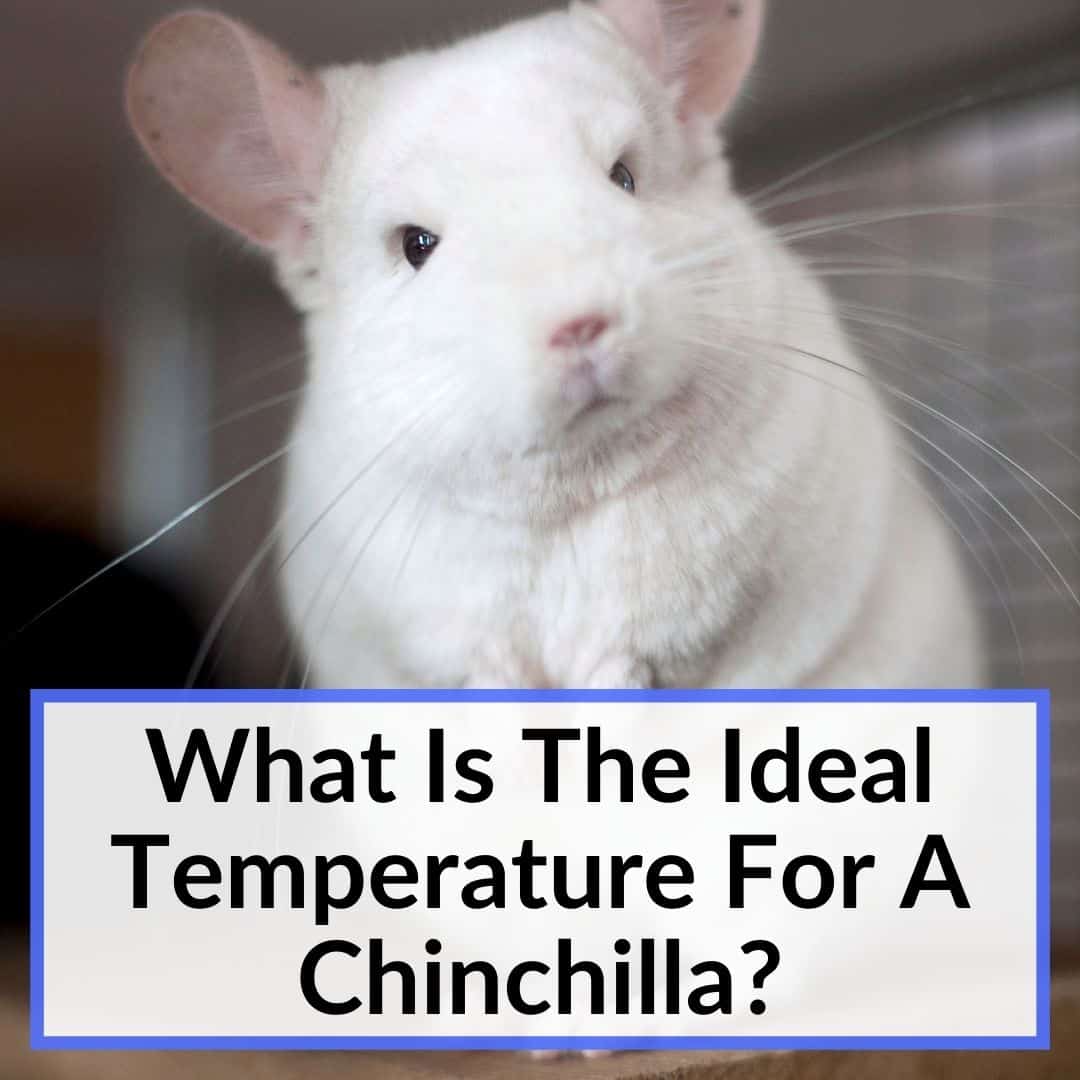
They also can’t sweat.
As a result, they can overheat quickly.
That’s why it is imperative you get the temperature in your chinchilla’s enclosure right.
Otherwise, it will suffer and eventually die.
So what is the ideal temperature for a chinchilla?
Keep reading to find out, plus everything else you need to know about this topic.
Contents
- 1 What Is The Ideal Temperature For A Chinchilla?
- 2 Ideal Temperatures For Chinchillas And Best Practices
- 3 Additional Precautions To Keep Your Chinchilla At Proper Temperatures
- 4 Frequently Asked Questions About Maintaining Ideal Temperatures
- 4.1 Do Chinchillas Like It Hot Or Cold?
- 4.2 Do Chinchillas Get Too Hot?
- 4.3 How Do Chinchillas Cool Down?
- 4.4 What Temperature Is Too Cold For A Chinchilla?
- 4.5 What’s the Lowest Temperature A Chinchilla Can Survive Or Live In?
- 4.6 Do Chinchillas Need A Heat Lamp?
- 4.7 Can Chinchillas Die From Heat?
- 4.8 How Do I Keep My Chinchilla Cool in Hot Weather?
- 5 Temperatures For Chinchillas: Final Thoughts
What Is The Ideal Temperature For A Chinchilla?
60° to 74° F (16° to 23° C) is the ideal temperature for a chinchilla. Chinchillas can’t tolerate heat or humidity.
They can suffer overheating, heatstroke, or undue stress when temperatures reach above 74° F (23° C). Humidity levels ranging between 40% and 60% are ideal for chinchillas.
Now, these are the hard guidelines to follow for the most part.
However, chinchilla owners live all around the world, in different types of homes, and in different climates. This makes understanding the temperatures for chinchillas a bit more complex.
😕Adopting and caring for a new chinchilla can be intimidating and confusing. It does not have to be so do not let it be.
Be sure to check out my full digital eBook “Avoiding Critical Mistakes Ultimate Chinchilla Care eBook” to have the best advice, tips, and tricks and supply recommendations to make adopting and caring for a chinchilla much more comfortable and easier to understand.
You can learn more about this eBook offer using the link directly below.
Learn more here:👉 Avoiding Critical Mistakes Ultimate Chinchilla Care eBook Offer
Ideal Temperatures For Chinchillas And Best Practices
To kick start things immediately, here is a video I made breaking down the proper and ideal temperatures for chinchillas.
However, be sure to return to this post to finish getting all of the critical information you need to ensure your chinchilla remains cool.
Here is that video for you.
Okay, let’s a recap. What is the best temperature or ideal temperatures for your new chinchilla?
Chinchillas need to be kept between 60° and 74° F (16° to 23° C) with humidity levels between 40 and 60% if at all possible. Ideally, closer to 60 degrees F (16 degrees C).
If you think your chinchilla may have to deal with temperatures higher than these often, I highly recommend a few things.
First, I recommend using chinchilla cooling pads.
They are fantastic for giving your chinchilla a few spots in the cage to sit and cool down if need be.
Secondly, to limit the heat and excitement during playtime, try using a playpen for your chinchilla. That way it can interact with you inside the pen.
I used this specific playpen to interact with my chinchilla:
You can also view my other top recommendations for the best chinchilla playpens here.
It limits their space and the total amount of running around and still remains comfortable for you to sit and relax with your chinchilla inside.
It also keeps them safe from other hazards such as cords or any exposed wires.
If you are not using a playpen, any room in which you interact with a chinchilla needs to be completely chinchilla proofed first.
The playpens eliminate the need to do this. It’s nice to enhance your ability to build a bond with your chinchilla as well.
Closed quarters for playtimes actually force your chinchilla to trust you faster, if you play your cards right. At least that’s how it worked for me.
Chinchillas Enjoy Mild Temperatures And Low Humidity In The Wild
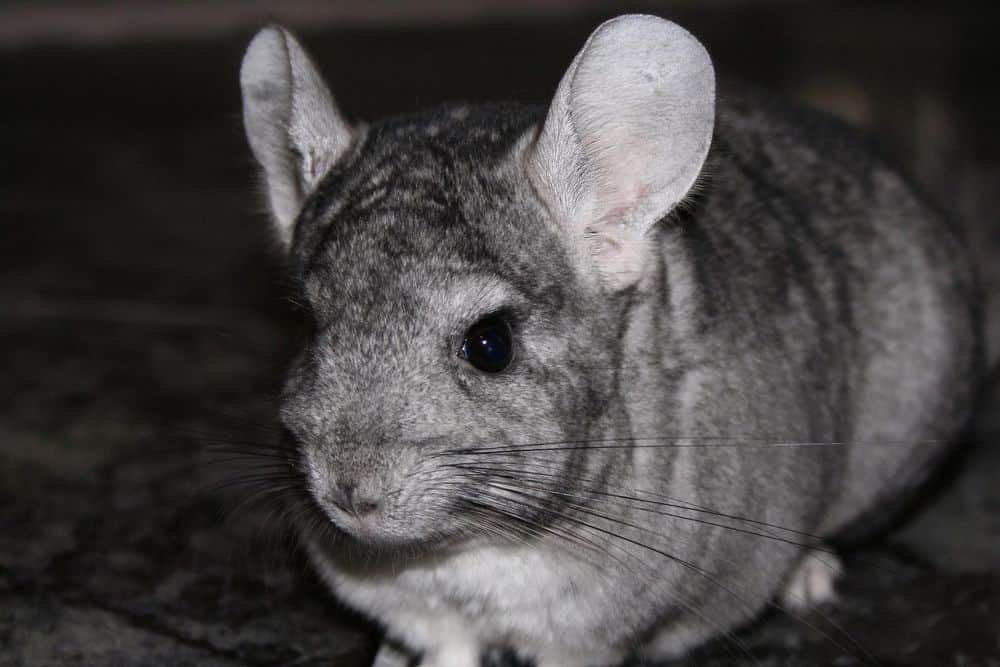
The chinchilla’s natural environment consists of cool temperatures and is consistently dry. Chinchillas have been conditioned not to tolerate heat or heavy levels of humidity.
Not in the wild and not in your home.
It’s essential that you consider both factors when creating the perfect chinchilla environment within your home.
Not taking the proper steps and considering the environment from multiple angles can ultimately lead to your chinchilla passing away due to heat exhaustion or heat stroke.
But why is this, why do they overheat so easily?
Chinchillas Can’t Sweat
Chinchillas don’t have the ability to sweat as humans can. Sweating is the primary way we cool ourselves down and regulate body temperatures.
Put simply, sweating keeps us alive when we are hot. If we couldn’t sweat, we would run into issues as well.
Chinchillas have the highest fur density of any land animal.
A chinchilla has more than 20,000 hairs per square centimeter and more than 80 hairs per follicle, compared to us humans with our one hair per follicle.
This is one of the reasons common pests for animals like fleas can’t even survive on a chinchilla. They will overheat and fry to death, to put it simply.
Without the ability to sweat and with the dense fur, chinchillas are openly asking to overheat.
This is why it is important to understand your chinchilla and learn to recognize if it is in danger of overheating. It is part of learning how to take care of a chinchilla in the best manner possible.
How Can I Tell If My Chinchilla Is Overheating?
This is tough to recognize most of the time. Two ways that may give you an indicator if your chinchilla is potentially too hot is by looking at the insides of their ears.
If they have dark fur, you have no choice but to look at the inner ear. You’re looking for the veins to be showing or to be more dilated.
If your chinchilla has little to no fur on the exterior of its ears, you can likely spot the veins showing without needing to look at the inside of the ear.
This can make things a bit easier.
In addition, you can usually tell if your chinchilla is tired or too hot during playtime, just by monitoring and watching its breathing.
The stomach extends when it inhales and sucks in when it exhales, so you should be able to notice if the breathing is becoming more rapid.
If it appears to be very rapid and your pet isn’t quite as active, playtime needs to come to an end so your chinchilla can cool down.
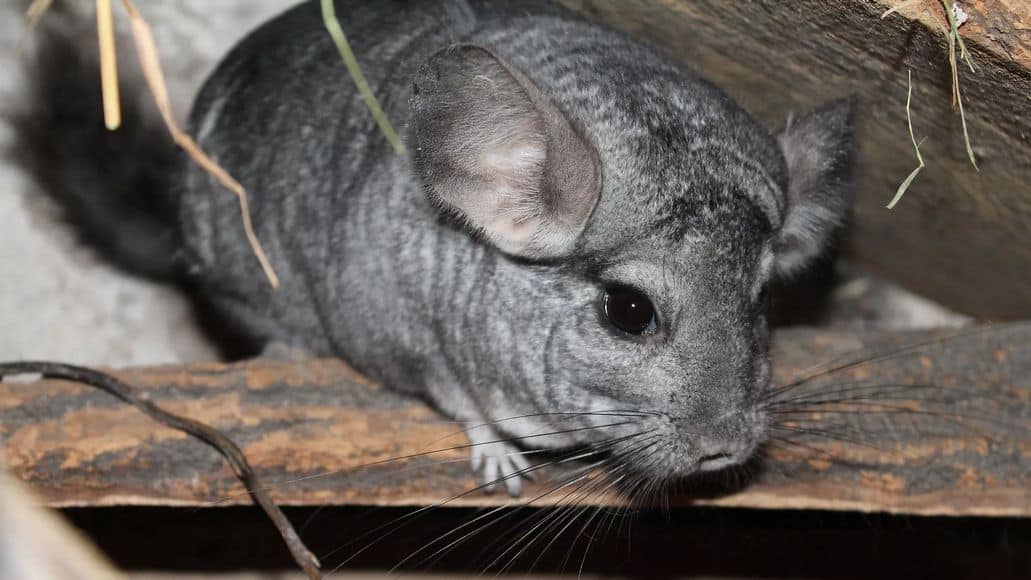
Sometimes, even in the right temperatures, your chinchilla can be at risk of overheating.
This can be due to stimulation, fear, excitement, or too long interacting and playing, jumping, and running around.
Pay attention to your chinchilla’s body language.
Make sure that it is not displaying any signs of overheating or other common illnesses. Better safe than sorry in these situations.
Limit Playtime To Avoid Overheating
I typically advise doing playtime once a day, and there is no need to go overboard. It doesn’t need to be 1 to 2 hours.
30 minutes to 45 minutes is plenty and 1 hour is about the maximum I allow. And this is when my chinchilla is calm and collected.
Not when my son is finding a ton of different ways to stress her out or when she’s jumping off the walls every 2 to 3 minutes.
Checking for overheating in your chinchilla comes down to simply paying attention.
Keep an eye on your chinchilla when out for playtime and diligently check on it, even when it is in its cage. Especially during the summertime.
Basements Make For Great Temperatures For Chinchillas
Yes, basements are ideal for chinchillas. As long as they still provide some form of natural light, so it can remain on a regular schedule.
This helps them regulate when they sleep and when they are active.
Basements remain cool compared to the rest of the home. They also don’t have direct sunlight that can also be a factor that causes a chinchilla to overheat.
A basement with 1 de-humidifier or multiple de-humidifiers works fantastic for chinchillas. It’s almost the exact set-up that I use for my chinchilla.
If you need a de-humidifier, I recommend this one I use.
It does a solid job keeping the humidity levels right between the 40 to 60% desired levels to keep your chins healthy.
It’s also nice due to its 2000 ml capacity and easily disposes of water with a quick tray empty.
A Few Caveats Of Using Your Basement
This post is designed explicitly to help you keep your chinchilla at ideal temperatures. However, it’s important to understand that with good situations, you usually have a trade-off or two.
Mine came when I decided to use my basement for my chinchilla. When you first get your chinchilla home, it’s all about safety first and respecting their boundaries.
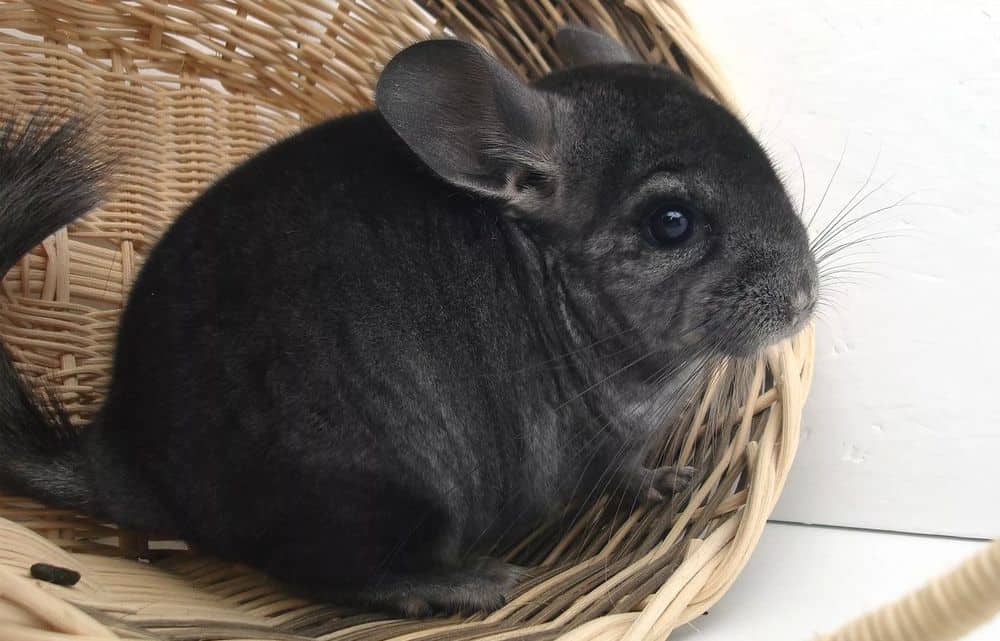
It doesn’t matter how friendly of a chinchilla you have or how much they recognize you in the beginning.
They must get used to noise, smells, and the environment.
The trade-off with using a basement is that they are typically loud with lots of sounds, so you may extend the break-in period slightly.
The furnace, AC, de-humidifiers, and natural sounds of the home may add a little more time to your chinchilla adjusting.
Again, safety comes first, so just go with the flow and choose the best area of the home.
Read on a little further and I’ll explain the exact set up I use now and the set up I intend to use on the house we are moving into in the next few weeks.
Additional Precautions To Keep Your Chinchilla At Proper Temperatures
Alright. Are we clear so far through this post?
Chinchillas have dense unique fur with many hairs per follicle. Additionally, they overheat quickly and can die.
That sounds crude but it’s the honest way to phrase it.
Basements are great, and we understand the best temperatures for our chinchilla.
So, what else can we do to make our chinchilla safe and comfortable when it comes to temperature and eliminating the risk of overheating?
Let’s look at the additional steps you can take.
Working Air Conditioning Is Ideal
This is obvious. However, it is often overlooked.
Especially for chin owners that leave on trips often and maybe live in a house with an air conditioning unit that is beginning to age.
This is a huge risk for your chinchilla.
If you’re not home when the weather shifts and gets too hot or when an A/C unit in the home goes bad, it, unfortunately, maybe the end for your chinchilla.
My advice is to aim for an area of the home like the basement like I currently use.
First, if the A/C does go out on you at your home, the basement won’t get nearly as hot as quickly. In addition, basements are typically shaded, out of light, and darker environments.
Remaining out of rooms that draw a lot of sunlight can also help keep the temperatures cool just in case.
I mean, let’s think about this from another angle.
What if you don’t even leave town but your A/C goes out while you’re at work? Have you ever been inside a home on a summer day when the A/C wasn’t turned on?
It gets hot quickly.
I like it cool as well so I noticed this very quickly. Always ensure your air conditioning is working.
If if it did happen to fail, you have time to fix the problem without running the risk of your chinchilla passing away.
Keep Your Chinchilla Out Of Direct Sunlight
We just touched on this briefly, but it’s a big important factor. Your chinchilla doesn’t need to tan in the sun and doesn’t need the natural light to be happy.
They need your love, attention, some light to see and a cool environment and they can live 15-20 years.
That’s all there is to it.
If this is the case, there is no need to have your chinchilla cage positioned where it takes in direct sunlight.
It’s just another form of heat passing onto your chinchilla that may result in death, and it’s not necessary for any reason.
Again, the basement is ideal but if that’s not possible, use shades or other mechanisms to ensure you are blocking heat sources.
I get that not having natural light in a room you enjoy being in is no fun, but unfortunately, having a dead chinchilla is also no fun.
Which would you rather have? A chinchilla in a separate room or the risk of death?
Always Have A Plan B
Sometimes we must consider the worst and always have an escape plan or something to fall back on.
Let’s assume that you use the basement and you feel comfortable that your chinchilla is safe. Well, the A/C still may go out or you may need to leave town.
If this is the case, have a backup pet babysitter who can check in to make sure your chin is safe.
It’s not overly challenging to prepare someone on what to expect or what to do.
Leave the vet’s phone number, advise them to check the food and water, and have them verify that the chinchilla is alive and kicking.
Outside of that, you should be good to go.
Prepare When Leaving Your Chinchilla Alone For Extended Periods
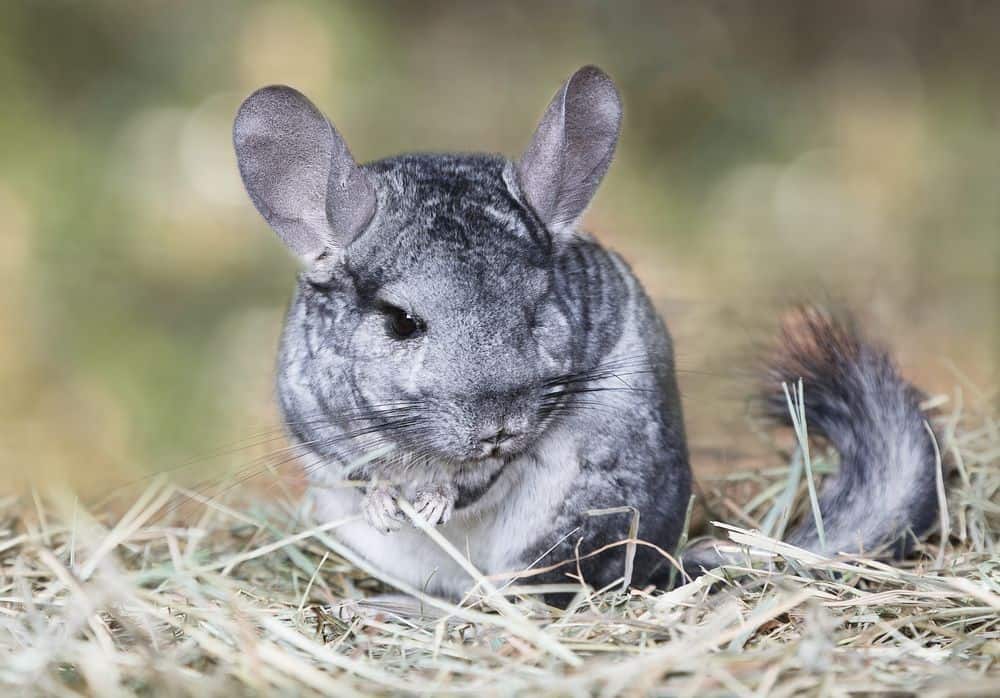
Leaving your chinchilla alone for extended periods can also pose some dangers. I did however just mention an easy solution.
Make sure to have someone stop in and check on the chinchilla from time to time. That’s your best bet to ensure your chinchilla is always safe, fed, and has plenty of water, which leads me to my next point.
Always Have Water Available
Water is a must with a chinchilla. My chinchilla goes through a water bottle about every 4 to 6 days or so.
If you need to leave and don’t want to risk a lack of fluids or to overheat, always make sure that either you, or the babysitter we discussed, checks your chinchilla’s water bottle and ensures it has access to plenty of fluids.
Sometimes this involved checking for clogs in the water bottle spout as well.
A full water bottle for more than a day could indicate that your chinchilla is trying to drink water but can’t get it to release from the water bottle.
Best Setup To Keep A Chinchilla At Proper Temperatures
Alright, now let’s have some fun and let me explain the setup I use for my chinchilla.
First and foremost, I researched for weeks before getting my chinchilla and considered all the options from every angle.
I ultimately decided on the basement in my current home, and my chinchilla will also be in the basement at my new home.
I did this for a few reasons that we have already discussed.
✅ The basement remains cool and at ideal temperatures for my chinchilla (64 degrees F).
✅ It’s where my home office is located, so I get to bond and interact with my chinchilla all day.
✅ It’s out of direct sunlight, and any direct light for that matter.
✅ I can run 3 de-humidifiers on the loudest, highest setting to keep the air perfect for her.
✅ I don’t have to worry about poop pellets falling out of the cage.
After ultimately debating between a spare bedroom, a living area upstairs, and the basement, it just naturally clicked to me.
It seemed to be the safest spot to place her.
It’s also away from where she needs to hear my son screaming all day long and keeps her isolated from my 100-pound yellow lab.
All these factors naturally just made sense to me and I went with my gut And it has turned out great this far into owning her.
It’s also been quite the experience, and I wouldn’t trade it for anything, nor do I regret getting a chinchilla.
Chinchillas make fantastic pets, plain and simple. And I doubt any chinchilla owners would disagree.
Frequently Asked Questions About Maintaining Ideal Temperatures
Do Chinchillas Like It Hot Or Cold?
Chinchillas like it cool. As long as the chinchilla’s water bottle isn’t frosting or freezing, your chinchilla will remain warm enough due to its dense fur.
But residential homes can’t be kept this cold, so you should always aim for between 60 degrees F and 70 degrees F (16 to 23 C) for your chinchilla to remain comfortable and to have no risk of overheating.
Do Chinchillas Get Too Hot?
Yes, chinchillas get too hot very quickly. In fact, any temperature over 75 degrees F will immediately place unnecessary stress on your chinchilla and risk it dying from heatstroke. This happens easily, so it’s important always to stay alert and check on your chinchilla
How Do Chinchillas Cool Down?
Unfortunately, chinchillas can’t cool down like humans. They can’t sweat. They must naturally come back to normal temperature slowly and without the help of sweat.
Drinking fluids can help, but if your chinchilla overheats, it can enter the danger zone very quickly so always exercise extreme caution when it comes to ideal temperatures for your chinchilla.
What Temperature Is Too Cold For A Chinchilla?
Your home will likely never reach a temperature that’s too cold for a chinchilla. A chinchilla can survive in temperatures below 50 degrees F, but they do begin developing respiratory infections below that temperature, which can result in death if it progresses to chinchilla pneumonia or rapidly gets worse.
The chinchilla does not hibernate in the wild. They have adapted to survive the winter months. But that does not mean you should let your pet freeze. Keep the temperature comfortable for your chin year round.
What’s the Lowest Temperature A Chinchilla Can Survive Or Live In?
50 degrees F is the lowest temperature your chinchilla should be exposed to inside your home or where its cage is located. If the temperature drops below that in your home during the colder months, make sure you know how to keep chinchillas warm in winter.
Hotter than 75 to 80 degrees F you risk heat stroke and death, and below 50 degrees F, you risk sickness, infections, and your chinchilla may also pass away.
Staying between 50 and 75 degrees F is advised and the best temperature for your chinchilla.
Do Chinchillas Need A Heat Lamp?
No. Chinchillas need the temperature to remain cool and humidity-free. Your chinchilla should not be in a garage or exposed to elements that would require heat lamps to be used to keep them warm.
Heat lamps may even overheat your chinchilla ultimately resulting in death.
Can Chinchillas Die From Heat?
Yes. Chinchillas can die from heat, and it happens quickly.
When temperatures reach above 80 degrees F, your chinchilla may pass away from heatstroke rapidly, and your chinchilla will begin reaching high levels of anxiety and stress if the temperature reaches above 75 degrees.
How Do I Keep My Chinchilla Cool in Hot Weather?
Keep your chinchilla in the home in a room outside of direct sunlight with temperatures between 50 degrees F and 70 degrees F to keep your chinchilla cool in hot weather.
Consider running de-humidifiers to lower the overall humidity in the home, or the room where your chinchilla is located.
Your chinchilla should never be outside, so you shouldn’t be too concerned with the actual outdoor temperatures.
Temperatures For Chinchillas: Final Thoughts
To sum things up, I want to re-emphasize the point that chinchillas can overheat very quickly and die as a result.
With the precautions and knowledge that we have discussed in this post, you should be well set to be an ethical chinchilla owner who knows the ins and outs of what temperature chinchillas need to survive and thrive.
Chili and I certainly wish you the best of luck with your chinchillas and the journey you have ahead of you.
What Additional Insight Can You Provide About Chinchillas And Maintaining Safe Temperatures and Humidity Levels?
Do you have any further information you can share with the Planet Chinchilla Community about keeping a chinchilla safe maintaining the proper temperatures and humidity levels?
Be sure you share those thoughts, stories, and concerns by dropping a comment below. As always, Chili and I appreciate you stopping by and reading today and we will see you again next time.
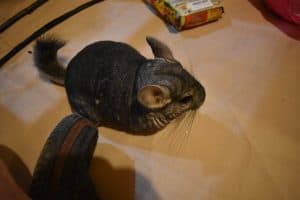


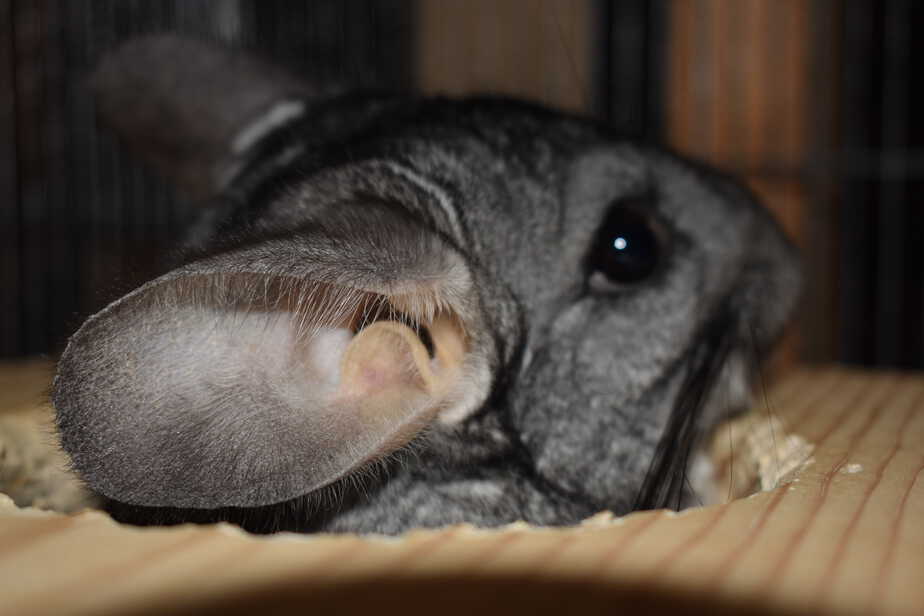
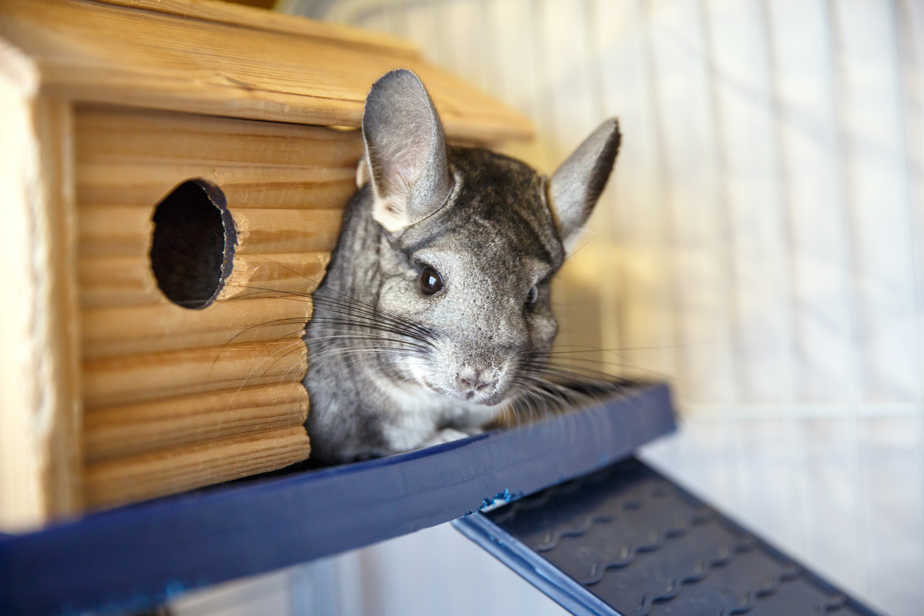
[email protected] says
i think your site is fantastic, I love my chinchilla Pokey he is my best buddy…..
Im happy i know have a site I can look at in case im concerned of his behavor, like he seems more affectionate at times, or tired at times , or sleeps more, i can ask your opinion so thank you for haveing planet chinchilla………..sincerely Pauline
Josh Martin says
Thank you much Pauline.
I love owning a chinchilla.
It’s the BEST.
Thank you for the kind words!
Eric says
I have a new chinchilla and I live in South Carolina. Our summers here are very hot and it’s pretty humid year round but especially so during the summer. I want to make sure that my guy, Baz, does not overheat and has a great life here. I know summer is months away, but I’m already freaking out a little. Do you think that having a de-humidifier + light blocking shades on the windows will work? He has a room all to himself in the house so I’m open for suggestions. If it’s an option, could you please email your thoughts? I don’t get online much to check for replies. Thank you!
Josh Martin says
Absolutely. I will send an email with my recommendations.
furarss says
You can also line the floor of their enclosure with wood shavings or wood pulp bedding. Make sure it’s dust-free as dusty bedding can cause problems for their lungs and eyes.
kelly D miles says
Where did u get your chinchilla at..I’m in SC as well . looking for one..thanks
Crysta Ortelli says
I appreciate, cause I found just what I was looking for. You have ended my four day long hunt! God Bless you man. Have a nice day. Bye
Laurie says
Hello, What’s the ideal room temp for baby chinchillas. We bought two chins from PetSmart and were told they were boys. Then one morning one of them had two babies. I went in there to play with them last night and a baby was shivering. The mother wasn’t next to the baby is I warmed it with my body temp. The room temp was at 62 degrees. Any advice would be greatly appreciated.
Josh says
You’re on the low end of the ideal range for chins. If your baby is shivering, I’d raise the temp into the high 60s (or even low 70s, if you still notice it freezing), at least until it gets a bit older.
Allison says
I am looking to adopt a chinchilla and have found your pages very informative and helpful. Thank you! I have a question. I am planning to bring my chinchilla to work everyday. (I have permission from my boss. It was actually her idea! My chinchilla will be the office mascot/pet and will have a home in the office). Work is about 15 minutes away from home. I am in MA so the summers can be in the 90s and the winters can be in the 20s. I know that 50-70 degrees is necessary for a chinchilla to be happy. Will the walk from my house to the garage affect my chinchilla? It will be in a carrying case.
Josh says
The walk to the car shouldn’t be a problem, but having to ride in a car everyday, and then being in the busy office all day, might prove very stressful.
Allison says
Could you please email me your response. Thank you.
Krystal says
Hello there I need more advice please how can I see photos etc and do I need a air conditioner, air purifier of dehumidifier? I really don’t want to have to buy all 3 and I don’t want something that’s going to chew through my power bills I have my boy in my shed but it’s not a crappy it’s actually quite good could almost use it as a sleep out my rabbits also live in there